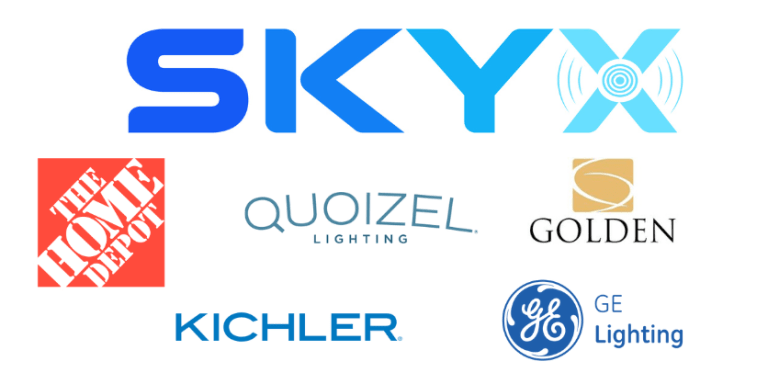New Research Suggests Light Therapy Could Delay Heart Disease

While the theory has not yet been tested on humans, a University of Buffalo (UB) study published in the journal Lasers in Surgery and Medicine suggests light therapy might be utilized to slow down cardiovascular aging and significantly delay the onset of diseases such as heart disease, stroke, and high blood pressure.
The benefits of light therapy are already being used to treat migraines, kill cancer cells, and more. With heart disease widely considered to be a leading cause of death in the U.S., applying light therapy to delay its onset could have a measurable improvement on the health of a large portion of the aging population.
The UB study on older mice found that photobiomodulation (PBM) therapy could slow down cardiovascular aging and significantly delay the onset of diseases such as heart disease, stroke, and high blood pressure.
“The idea was to see if intervention in middle age could enable people to avoid further age-related heart deterioration,” said Praveen Arany, associate professor of oral biology in UB School of Dental Medicine, who collaborated with Dr Edward G Lakatta of the National Institute on Aging, on the research.
Middle-aged mice (14 months old) responded well to PBM therapy, showing improved heart function and cardiac wall thickness. The mice also had good gait symmetry on the treadmill, hinting at improved neuromuscular coordination.
“As muscle thickens, it becomes stiffer, and the pumping action of the heart is less effective,” Arany explained.
Mice were exposed to near-infrared (NIR) light from an overhead LED source five days a week for just two minutes a day. In a set of mice genetically altered to be susceptible to develop severe heart disease, their survival rate would normally be 43 percent. After PBM treatment, not only did their heart disease not progress, the survival rate climbed to 100 percent. Arany, who is also a dentist, became interested in light therapy after seeing how it assisted in healing tissue and believes its potential goes far beyond what we know so far.
“After a tooth extraction, we have to wait for the wound to heal before we can proceed with treatment,” Arany noted. “I became interested in how to improve and hasten healing.”
How does PBM work? The study showed the production of a substance called transforming growth factor beta (TGF-β1) correlated to exposure to PBM, suggesting that PBM triggers activation of TGF-β1. The substance plays an important role in human health and disease, especially in age-related diseases. Arany says TGF-β1 regulates stem cell activity, inflammation, and immune system function that may partly explain why light therapy works.
It is important to note that light therapy is only effective if it is administered with appropriate parameters. To be effective and safe, it is important to use specific light wavelength (color), intensity (dose) and length of exposure. Certain kinds of light, such as ultraviolet light and light produced by lasers, can be harmful. Other lights, while harmless, may not be effective. This study shows that long-term exposure to a low-dose near-infrared light in a non-thermal manner, carefully adjusted, may benefit heart health and longevity. The next step, according to Arany, is to do perform controlled human clinical trials.
The research was funded by the Intramural Research Program of the NIH National Institute on Aging.









